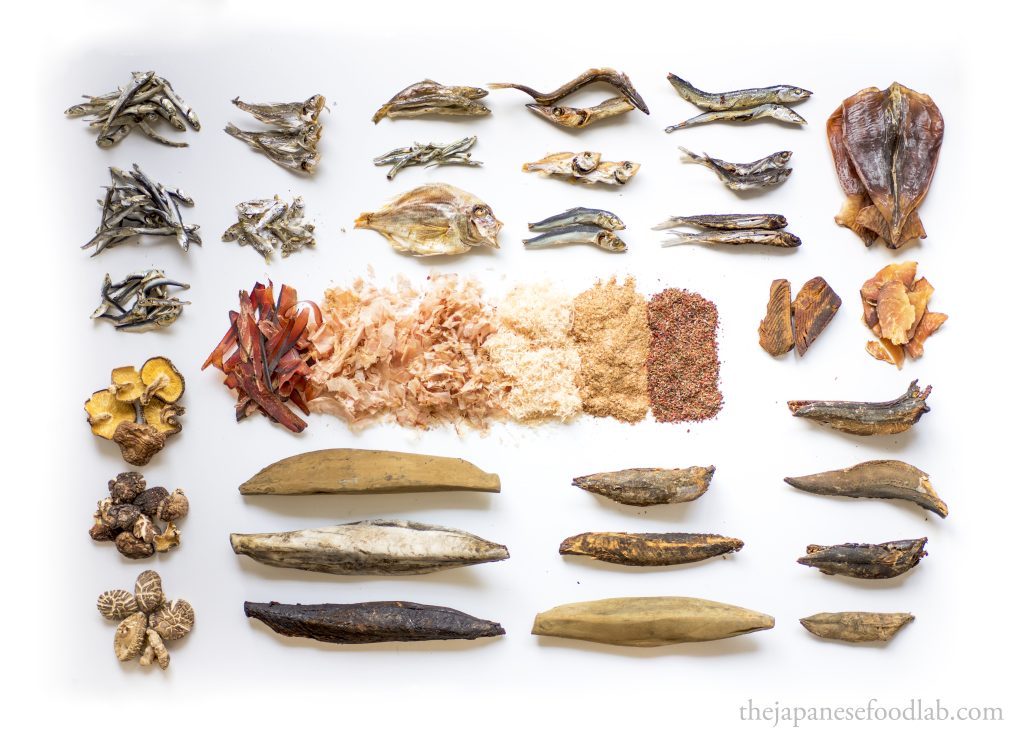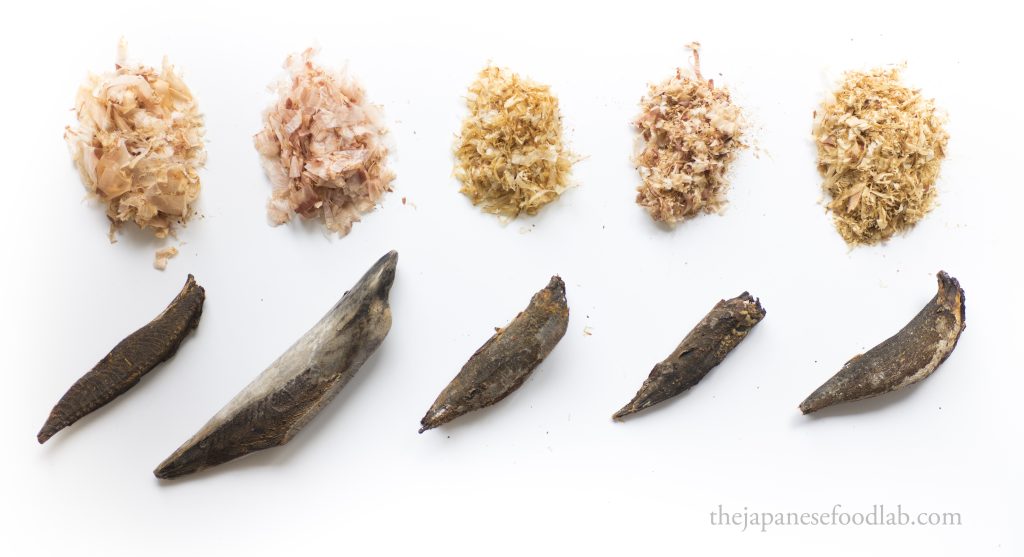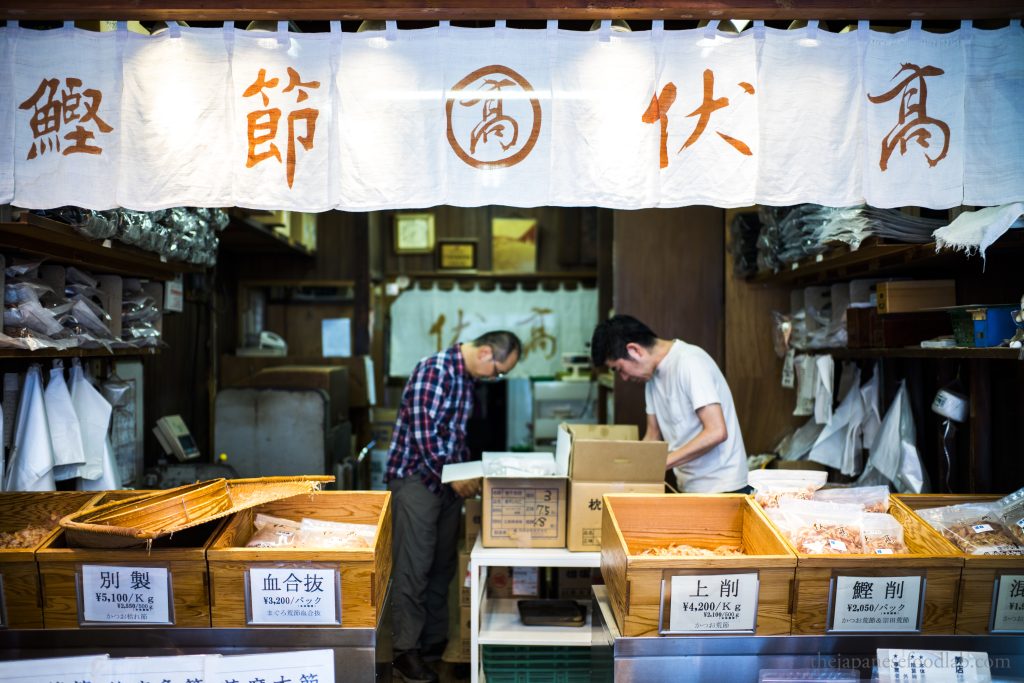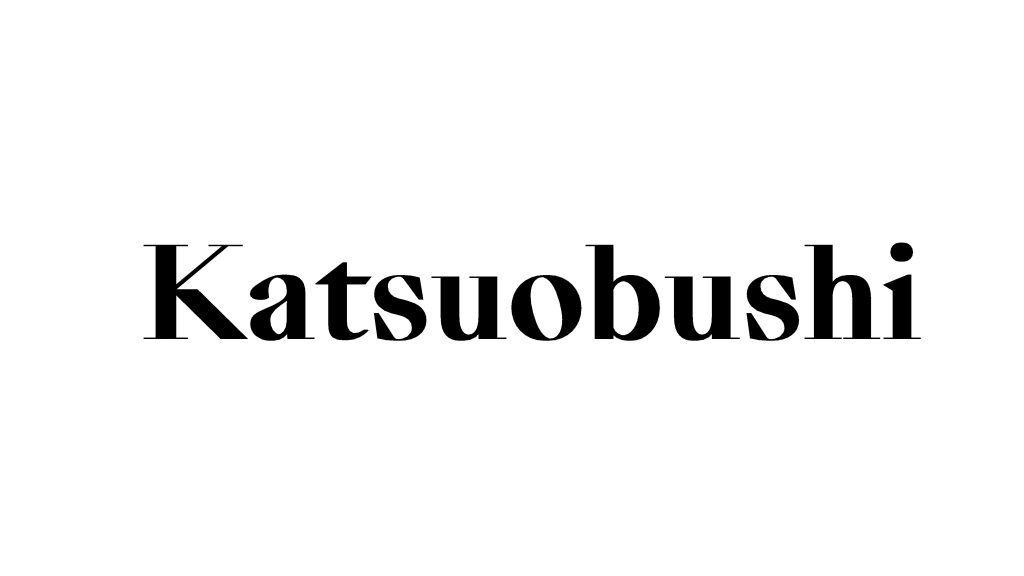
When you think of the sensory and cultural tapestry that defines Japan in popular culture, we immediate think of its most iconic sights and sounds: the neon-lit streets of Tokyo, the serene beauty of cherry blossoms during sakura season, and the historical grandeur of Kyoto’s temples and shrines. Yet, just as intrinsic to evoking the essence of Japan, though often overlooked, is the subtle yet distinctive aroma of dashi.
Without one noticing, the aroma of dashi resonates with the soul, transporting you to the heart of Japan with a mere whiff. It is the smell that greets you from the simmering oden in combini stores during a late night snack, or as you slide open the door to an izakaya for after work drinks. Even as a child, the smell of dashi is ever present, wafting through the school corridors just before the lunch bell, all the way to mom’s home cooking.
In restaurants, the most revered chefs who specialize in Kaiseki meals invest greatly in creating the purest expression of dashi, almost to the point of obsession. Popular culture in the culinary world, as usual, has narrowed to a point of singular focus, chasing after the dashi that the most famous, high end restaurants create by sticking to the big two- the highest quality katsuobushi and kombu, steeped lightly in hot water without agitation or pressing, to the most pristine water collected from the local spring. However, the gastronomic reality of everyday people is built on a very different kind of dashi, one with a myriad of instant packets or powders, and large bags of pre-shaved katsuobushi that is sometimes even boiled.

All one has to do is to look outside of fine dining to see the rich variation on dashi that exists, from ramen and soba restaurants making their soup base, to tendon drizzling sauce. Here, a greater variety of ingredients are used based on cost, tradition, and location. Alongside different fish that have been processed in a similar manner to katsuobushi, a diverse range of dried fish and seafood are used. For example, Sababushi made from mackerel popular in udon shops, dried flying fish commonly found in Kyushu, and dried scallops and abalones used in Chuka Ryori (中華料理)- the Japanese adaptation of Chinese cuisine.
Through this series, we wish to step outside the world of fine dining and introduce the many different kinds of dried fish and seafood used to make dashi all over Japan. This will be supplemented with the commonly available knowledge of katsuobushi and kombu that many people are familiar with.

This series would also not be possible without the generous help of Katsuhiko Nakano (中野克彦), the third generation store owner of Fushitaka (伏高) at the outer Tsukiji market. They kindly granted us permission to photograph their shop, whilst also taking time to source the majority of ingredients mentioned in various articles here, some which are hard to come by. The store was first opened in 1918 as a fresh fish wholesaler in Nihonbashi before they moved to Tsukiji and became a dried goods wholesaler after the Great Kanto Earthquake. They’re now one of the few remaining stores that supply high quality dashi ingredients to restaurants and homes. We highly recommend you visit them if you find yourself in Tokyo.





